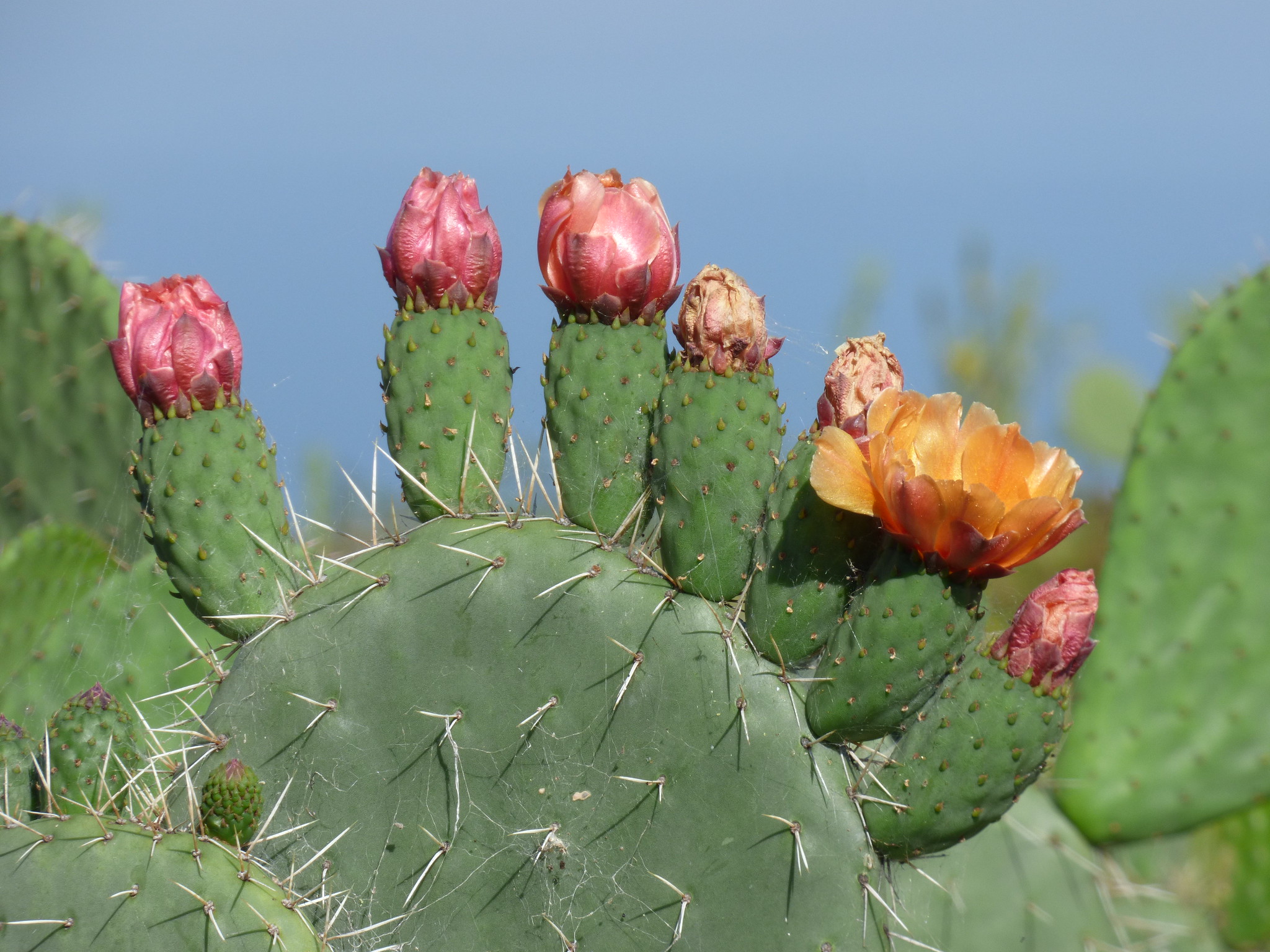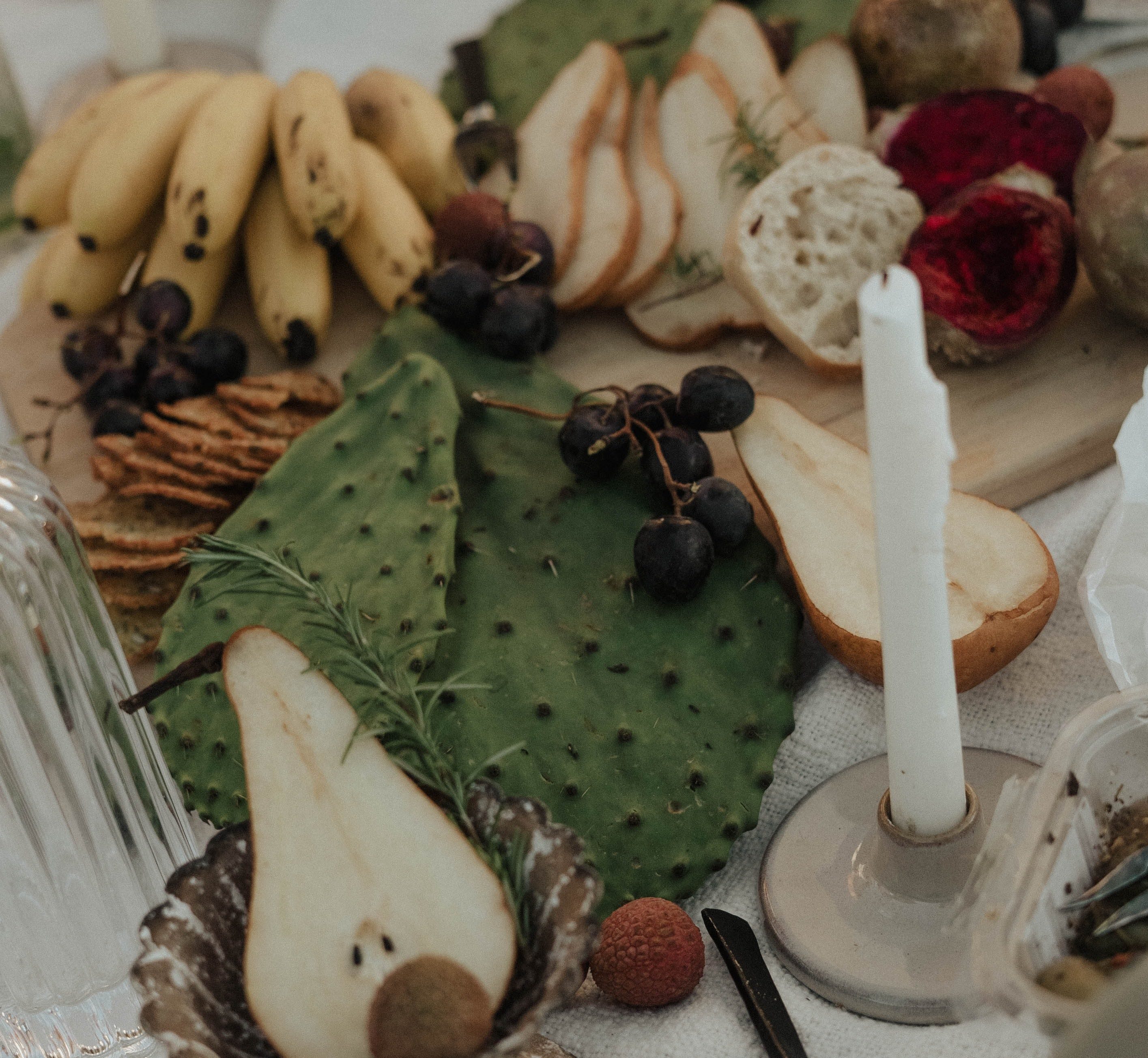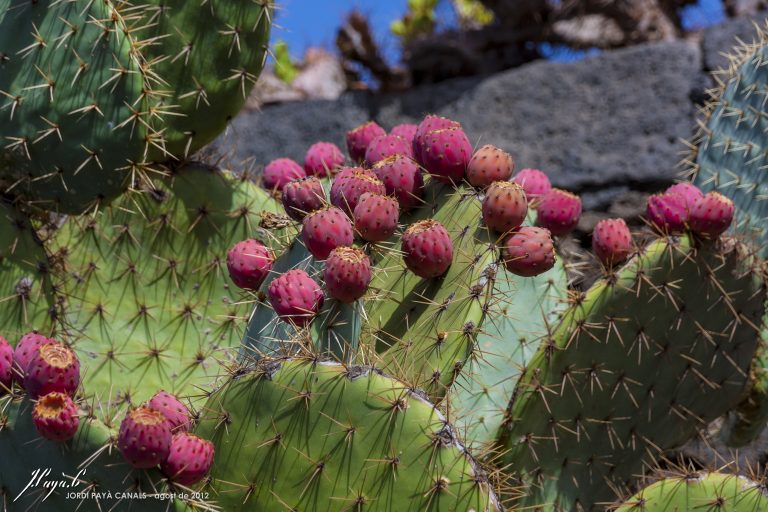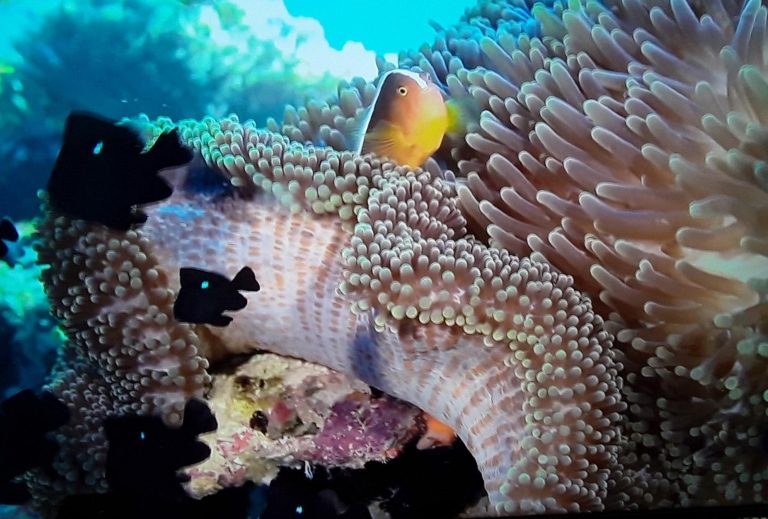The food and fuel potential of Sweet Prickly Pear (Opuntia ficus-indica) has been under investigation for years. As early as 2015, United Kingdom scientists proposed that water-efficient plants may be the key to future bioenergy production.
A more recent study, published in the journal GCB Bioenergy by researchers from the University of Nevada, Reno, covered five years of research on the success, in warm, arid climates, of various different prickly pears.
They determined that the Sweet Prickly Pear produced more fruit and used up 80 percent less water than other prickly pear varieties.
While there are 194 Opuntia species, all cultivated varieties are hybrids of Opuntia ficus-indica. It is the world’s most widely distributed Opuntia species, occurring on every continent except Antarctica. In certain places, it has become an invasive weed, particularly threatening large-scale cattle grazing pastures.

The Sweet Prickly Pear is a large woody plant growing up to 3 meters tall. Several overlapping petals of yellow, orange or red form a large cup shaped flower when the cactus blooms. Multiple stamens tipped with pollen encircle a green stigma in the middle. The flowers attract a variety of pollinators.
Success
You are now signed up for our newsletter
Success
Check your email to complete sign up
Sweet Prickly Pear fruit is oval in form, with ripe skin hues spanning the range from green to purple. Its skin is covered with fine little barbed spikes, called glochids. The fruit’s flesh is juicy, sweet, and flavorful and matches the skin in color. They have edible seeds and can be eaten raw, straight from the plant.
The young juicy cladodes (padlike leaves) can also be eaten. Believed to have originated in Mexico, the Opuntia is said to have been consumed by humans for around 9,000 years. Spineless opuntias have also evolved over the millennia as a food crop.
The researchers believe that the Sweet Prickly Pear may become a significant food source in the future, as the search continues for cultivars that survive with less water for longer periods, and still yield food and fruit.

John Cushman, the Nevada study’s co-author, estimates that 42 percent of Earth’s terrain is categorized as dry or semi-arid in nature. Therefore growing cactus plants may yield enormous benefits.
By growing Sweet Prickly Pears in areas that are too dry for other crops this increased output could become a popular food source.
Due to its antioxidant qualities, this succulent has become a popular food additive and the source of a natural extract. The Opuntia’s high water content makes it ideal for feeding livestock in times of drought.
Carbon sequestration is another benefit of growing cactus pears in dry areas. As land-based carbon “sinks,” they capture and store CO2, which may then be collected and processed into biofuels to replace fossil fuels.
“That’s the benefit of this perennial crop,” explained Cushman. “After you have harvested the fruits and pads for food, you will be left with a large amount of biomass that can be used for biofuel production,” he said.
Cushman and his colleagues plan to continue researching The Sweet Prickly Pear and its potential as sustainable fuel or food.
The scientists aim to understand what it is about the genetic makeup of these useful desert succulents that makes them so drought-resistant and apply that information to make other crops more drought-resistant, as well.
In a time when people are beginning to widely recognize the deleterious effects of GMOs, one might question: “why not accept and use what nature has given us with gratitude, since it is sufficient?” Pursuing greater benefits by manipulating other plants to share properties with Opuntias that they don’t naturally have would seem to pose dangers equal or greater to the “gain.”















